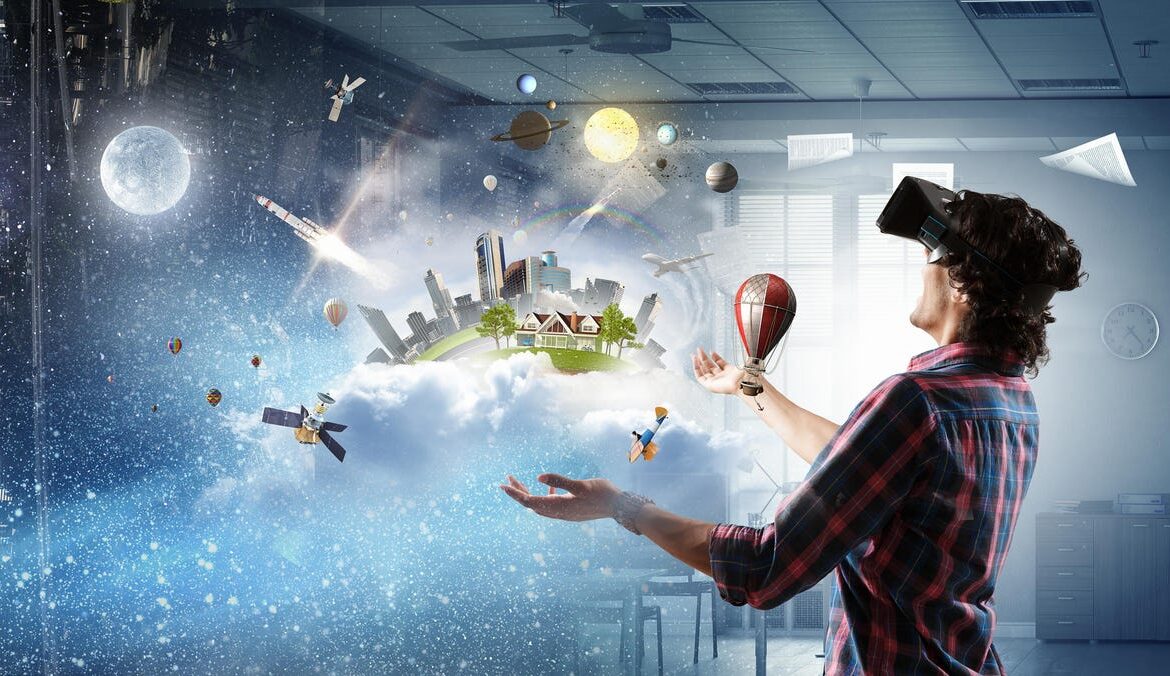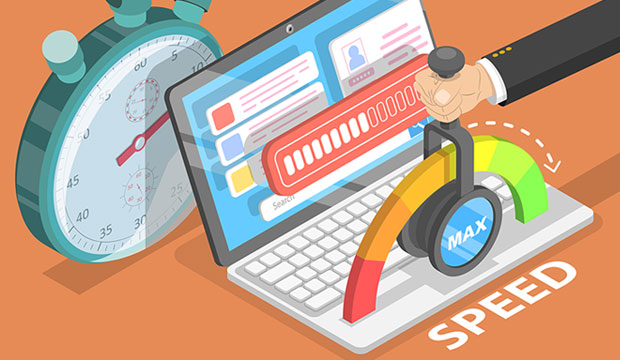Virtual reality (VR) has been a growing trend in entertainment, but it’s also gaining traction as an educational tool. In this blog post, we’ll take a look at the future of virtual reality in education, including its potential benefits and challenges.
What is Virtual Reality? Virtual reality is an immersive experience that simulates a real-world environment. It uses computer technology to create a 3D environment that can be explored and interacted with using a VR headset. The goal of VR is to create a sense of presence, where the user feels like they are actually inside the virtual environment.
Benefits of Virtual Reality in Education Virtual reality has the potential to revolutionize education in many ways. Here are some of the key benefits:
- Increased engagement: Virtual reality can create an immersive and interactive learning experience that can increase student engagement.
- Enhanced understanding: By simulating real-world environments, virtual reality can help students better understand complex concepts and ideas.
- Safe and controlled environment: Virtual reality can create a safe and controlled environment for students to practice skills and techniques.
- Accessible learning: Virtual reality can provide access to learning opportunities that might be otherwise unavailable due to geographic, financial, or other constraints.
Challenges of Virtual Reality in Education While virtual reality has many potential benefits, there are also some challenges to its use in education. Here are some of the key challenges:
- Cost: VR equipment can be expensive, which can limit access for some schools and students.
- Technical challenges: Virtual reality requires specialized equipment and software, which can be challenging to set up and maintain.
- Learning curve: Virtual reality can have a steep learning curve for both students and teachers, which can be a barrier to adoption.
- Safety concerns: Virtual reality can cause motion sickness and other health concerns, which can limit the amount of time students can spend in a VR environment.
The Future of Virtual Reality in Education Despite the challenges, the future of virtual reality in education looks promising. As technology advances, the cost and technical challenges of VR equipment are likely to decrease, making it more accessible to schools and students. Virtual reality also has the potential to create more personalized and engaging learning experiences, which can improve student outcomes.
In conclusion, virtual reality is an exciting technology that has the potential to transform education. While there are challenges to its use, the benefits of increased engagement, enhanced understanding, safe and controlled environments, and accessible learning make it a promising tool for the future of education.






Leave feedback about this